Venta Maersk Escorted Through Sannikov Strait
From The Independant by Tom Embury-Dennis
Ice-class 42,000 ton vessel carries Russian fish and South Korean electronics to Europe
A commercial container ship has for the first time successfully navigated the Northern Sea Route of the Arctic Ocean, a route made possible by melting sea ice caused by global warming.
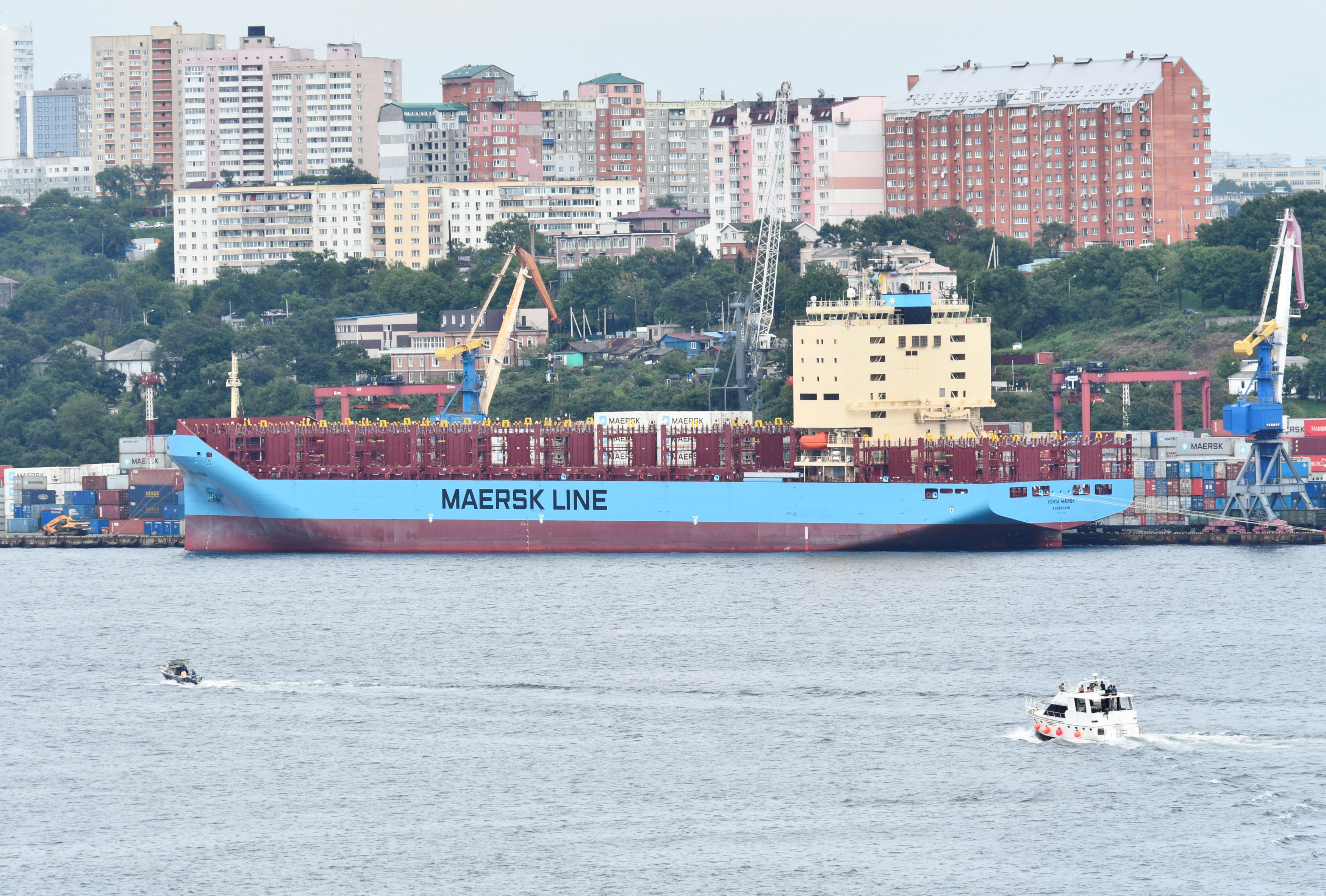
The Venta Maersk in the Russian port of Vladivostok as it prepares to set off on its Arctic voyage, Russia August 22, 2018.
(Yuri Maltsev / Reuters)
Maersk Line, the world’s biggest container shipping company, told The Independent its ship, Venta Maersk, was expected to reach its final destination of St Petersburg next week.The new ice-class 42,000 ton vessel, carrying Russian fish and South Korea electronics, left Vladivostok, in the far east of Russia, on the 23 August.
The voyage of the Venta Maersk from Asia to Europe and ice conditions along the route.
(courtesy of Malte Humpert)
Venta Maersk route captures by Lemur satellites from Spire
The route has seen growing traffic during summer months already, with cargos of oil and gas regularly making the journey.
Arctic sea ice hit a record low for January this year, and an “extreme event” was declared in March as the Bering Sea’s ice levels reached the lowest level in recorded history as temperatures soared to 30C above average.
Arctic sea ice extent for September 17, 2018 was 4.60 million square kilometers (1.78 million square miles). The orange line shows the 1981 to 2010 average extent for that day.
Data released by the National Snow and Ice Data Centre in Colorado showed this winter’s sea ice cover was less than a third of what it was just five years ago.The Northern Sea Route can cut journey times between Asia and Europe by up to two weeks by allowing ships to avoid travelling through the Suez Canal or past the Cape of Good Hope in South Africa.
The Arctic Ocean route does, however, remain more costly as icebreakers are still required to accompany ships.
On the Northern Sea route heading for Yurp.
In an email to The Independent, Maersk confirmed the success of the “one-off trial passage”, with icebreaker ships providing assistance “as required”.
“The trial passage will enable us to explore the operational feasibility of container shipping through the Northern Sea Route and to collect data,” a spokesperson said.
“Currently, we do not see the Northern Sea Route as a commercial alternative to our existing network.”
Sune Scheller, project leader of Greenpeace Nordic, told The Independent any regular shipping route in the Arctic Ocean ultimately risked an "environmental catastrophe".
"The most immediate threat comes from some of the problems with the fuel," he said.
“Maersk hasn’t spoken about which kind of fuel this [ship] is using, but in general container ships are using heavy fuel oil, which is basically what’s left in the barrel.”
Mr Scheller said the "dirty fuel" had "consequences" for the environment, including adding to particulate matter in the atmosphere.
Also known as black carbon, particulate matter rests on white surfaces like ice and snow and absorbs heat instead of reflecting it, which contributes to climate change.
According to The Economist, “just 15 of the biggest ships emit more of the noxious oxides of nitrogen and sulphur than all the world’s cars put together”.
"It’s also of a concern in case of an accident," Mr Scheller continued.
"It is more toxic and it is more difficult to get out of the environment again, especially an Arctic environment where the water is cold."
A combination of the use of heavy fuel oil, the shallow water of the Arctic Ocean, and the ice makes the Northern Sea Route one of "increased risk" of a catastrophe, he added.
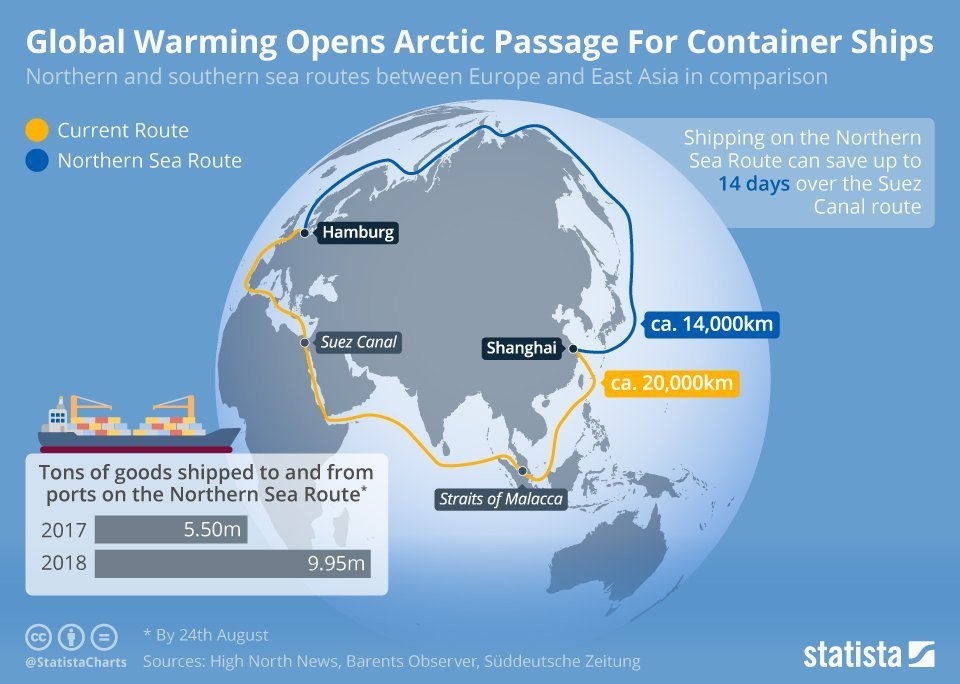
Even though the Northern Sea Route (NSR) is only feasible for three months of the year, globalwarming is making it increasingly viable for major shipping companies.
However, no expert has ever predicted that the NSR would become a "maritime highway" in the decade 2010.
The majority of global shipowners are indeed convinced by the Arctic, but from the 2030s onwards.
“What’s important now is that you make sure that when this becomes available, you have the necessary regulation in place in the area," he said.
"So that means you have vessels that are capable of charting this area, But it’s also about putting bans on the most dirty types of fuels that exist."
Global estimates suggest ships are responsible for 15 per cent of nitrogen oxides and 8 per cent of sulphur gas worldwide.
These gases have been linked with a range of health problems including asthma, heart disease and cancer.
Links :
- ArcticToday : Maersk container ship is set to complete Arctic Ocean transit
- WP : Russia’s Suez Canal? Ships start plying a less-icy Arctic, thanks to climate change
- Axios : Climate change is opening a new era in Arctic shipping
- YaleEnv360 : Five Chinese Ships, Led by Russian Icebreakers, Make Arctic Transit
- The Barents Observer : Deputy Prime Minister supports foreign sailing restrictions on Northern Sea Route
- SputnikNews : Russia's Plan to Boost North Sea Route is Challenging - Arctic Economic Council / Climate Change: Big Ships to Save 2 Weeks Taking Russia’s Northern Sea Route
- Neo : The Huge Implications of Russia’s Northern Sea Route
- Ocean North : Introducing Canada’s Arctic Marine Atlas
- GeoGarage blog : Chinese shipper on path to 'normalize' polar shipping /
First ship crosses Arctic in winter without an ... / New sailing routes for future container mega-ships / The future of the Arctic economy / Russian tanker sails through Arctic without ... /
Ships to sail directly over the north pole by 2050 ... / Arctic shipping passage 'still decades away' / Polar code agreed to prevent Arctic environmental ... / Arctic passage / Map shortcomings could hinder Northern Sea Route ... / SCF Baltica tanker completed the Northern Sea Route / Arctic sea routes open as ice melts
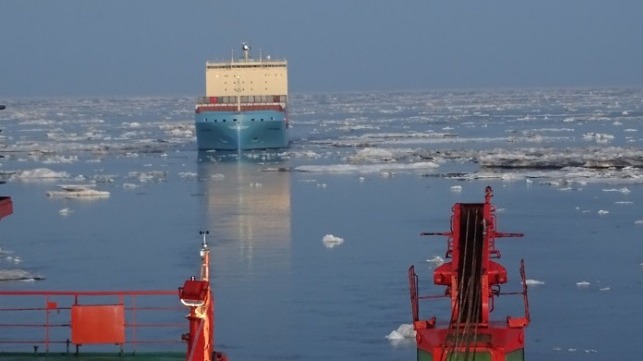
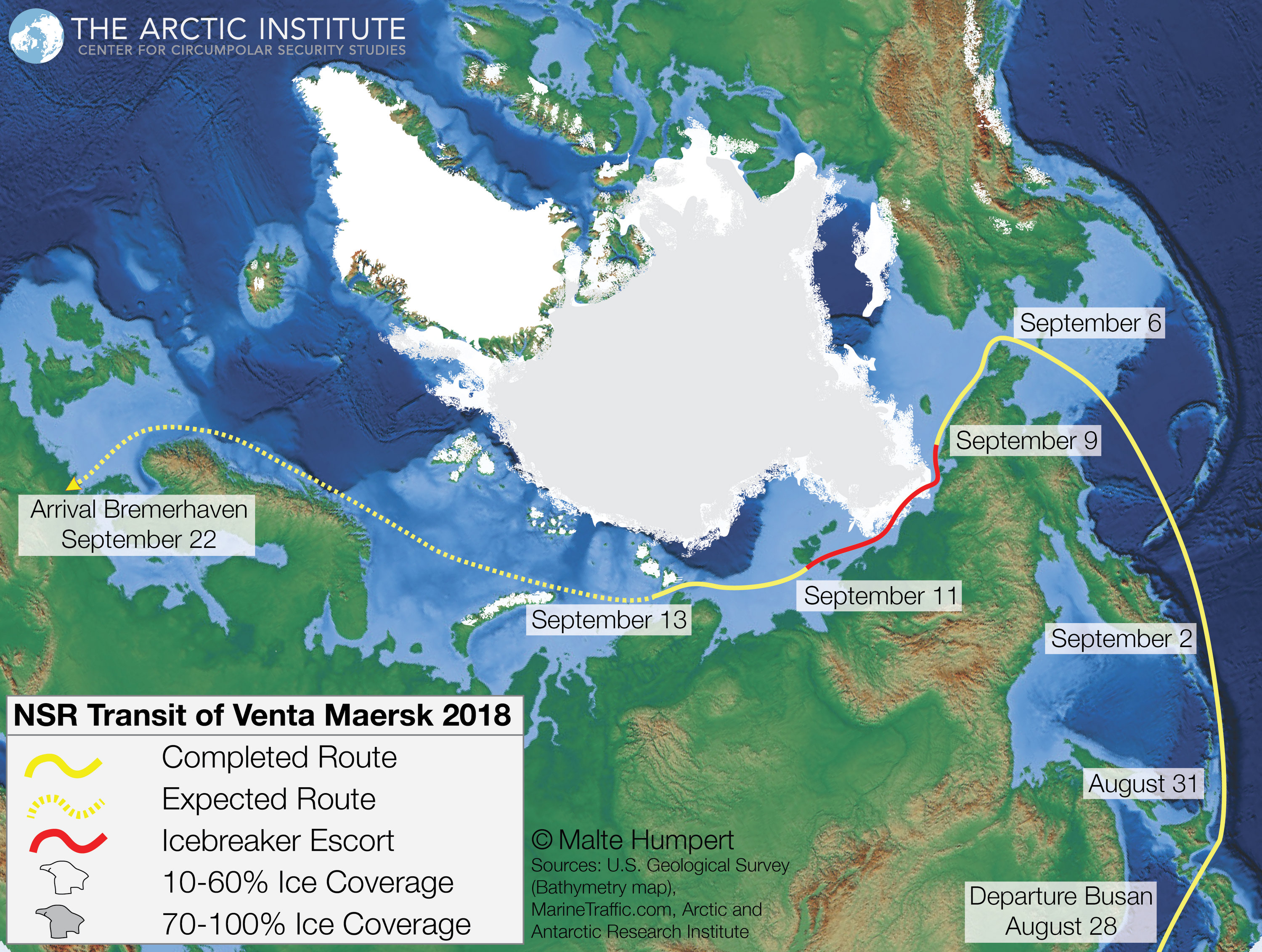

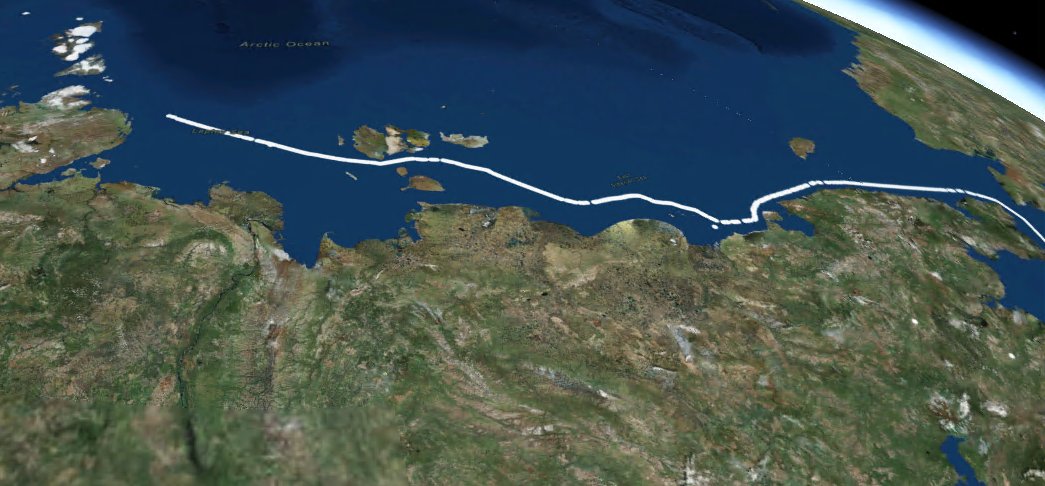
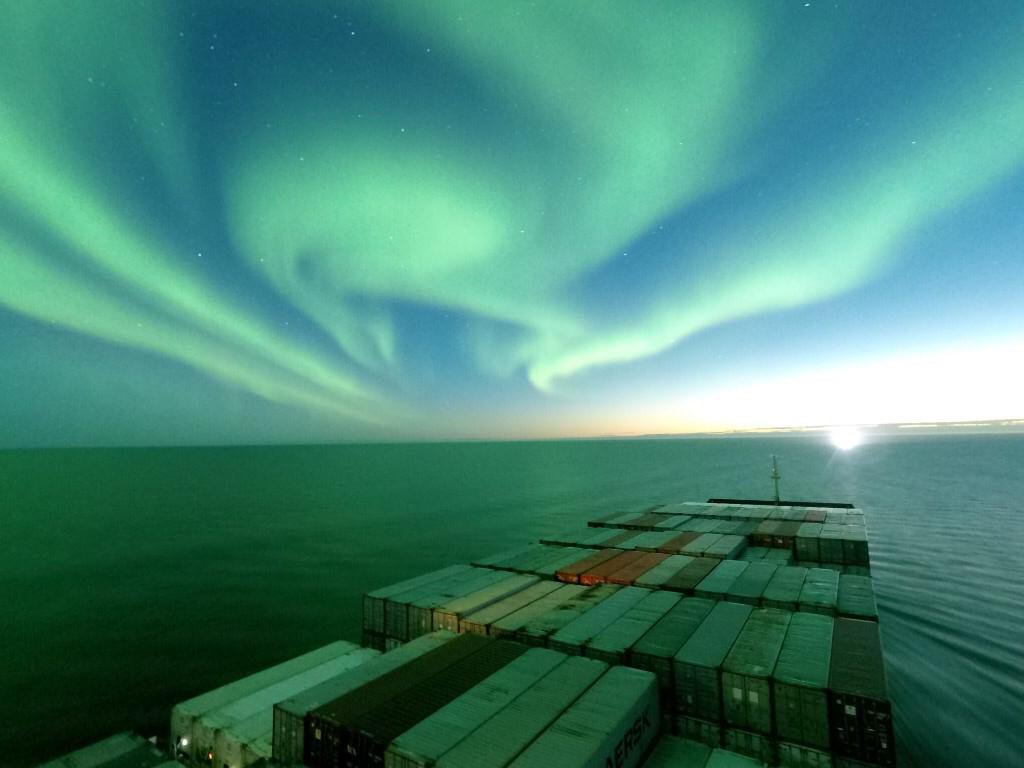
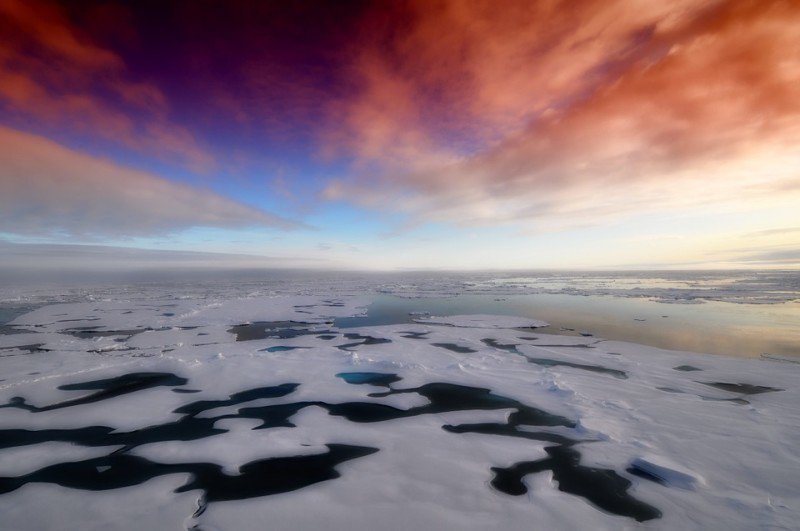
ExactEarth : Check out the clear Arctic tracks of the Venta Maersk Line
ReplyDeleteThe Economist : What is the Northern Sea Route?
ReplyDeleteRussia hopes it leads to Arctic riches
WSJ : The future of Arctic Shipping
ReplyDeletePort Technology : Is the Arctic Route the Future of Shipping?
ReplyDelete